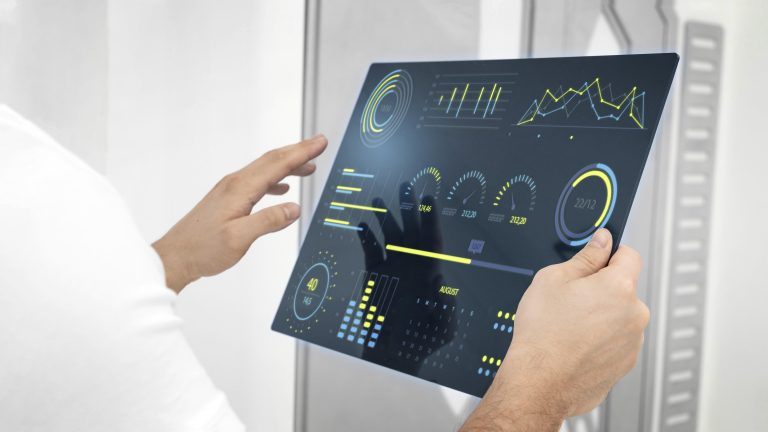The Possibilities of Data Liberation: A New Future of IT Monitoring?
In every business landscape, a functioning IT system is the backbone of success. It is important to ensure that your technology works properly, performs well and, most importantly, remains secure. This article is about two exciting technologies that are currently revolutionizing IT monitoring. This raises the question, how do these innovations use data? Through adaptive thresholds and smart baselining.
Adaptive Thresholds – Stay in tune with change
Instead of using fixed rules, you learn from the history of your IT system. They adapt and change. So when something unplanned and unusual occurs, your teams notice. This means fewer false alerts and faster detection of high-impact business issues.
The data magic is here
Fewer false alarms: These intelligent thresholds understand your system, reduce unnecessary alerts and allow your IT team to focus on what matters.
Detect problems early: Just as a coworker may recognize when you are struggling with challenges, adaptive thresholds detect problems before they become major disruptions.
Go with the flow: No IT environment is static and therefore there are no truly static thresholds. Adaptive thresholds, on the other hand, adjust as the situation changes, saving you the trouble of making manual adjustments.
Smart Baselining – Learning from experience
Think of Smart Baselining as your tech-savvy assistant. It remembers how things run according to standard operating procedures and lets you know when something isn’t quite right. Traditionally, setting baselines has been rigid, as if following a set script. But the smart version learns from every twist and turn. It adapts to new situations and understands when things deviate from the norm.
Why it is data friendly
Reduced efforts: Your IT team doesn’t have to worry about the system as intensively as before. Smart baselining adjusts itself, saving time and effort.
Accuracy to the point: Just as you know when driving a car when acceleration and brakes are to be ideally used, Smart Baselines take changes into account without overreacting.
Ready for anything: IT environments change, and Smart Baselining changes with them. It’s like having an intelligent automated assistant that can always keep up under the circumstances.
Finally…
adaptive thresholds and smart baselining are revolutionizing IT monitoring. By putting data at the heart of their processes, they help companies identify problems before they cause costly impacts. Business operations can run better and unexpected downtimes are reduced. These technologies are shaping a future of IT monitoring that is about being able to use data more intelligently, adaptably and extremely efficiently.





